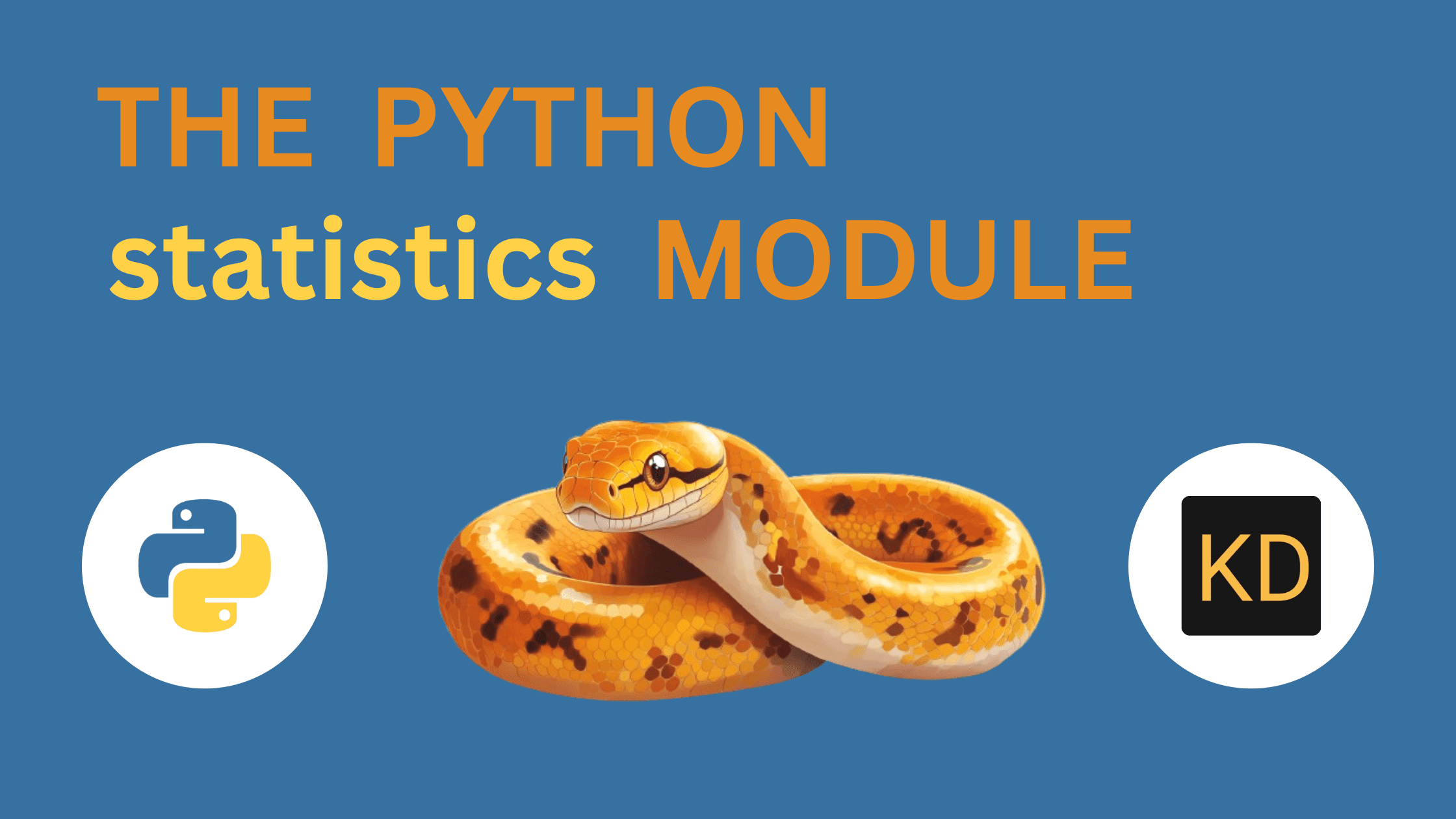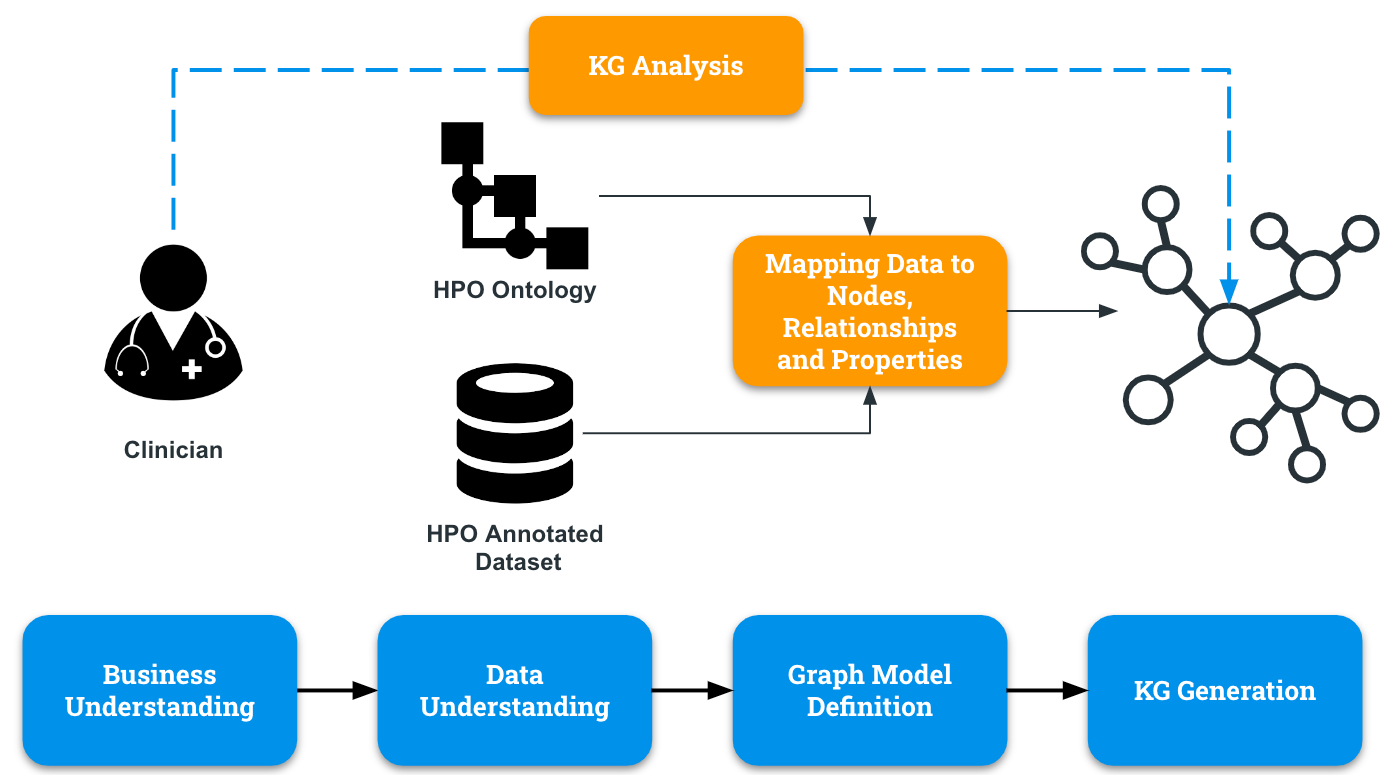Obesity’s Impacts on Our Immune System and Kidney and Liver Diseases
What are the effects of weight loss on natural killer cell function, our first line of immune defense against cancer, kidney function, and fatty liver […]

What are the effects of weight loss on natural killer cell function, our first line of immune defense against cancer, kidney function, and fatty liver disease?
In the ABCs of the health consequences of obesity, I is for Immunity.
The SOS trial followed the fates of thousands of bariatric surgery patients for a decade or two, compared to a control group who maintained their weight. Those who surgically lost about 20 percent of their body weight not only lived longer, thanks in part to less diabetes and less cardiovascular disease, but they also got less cancer. This may be because anti-tumor immunity appears to be affected by weight.
Natural killer cells are our immune system’s first line of defense against cancer cells and many viral infections, “and their function is severely impaired in individuals with obesity.” When individuals who were obese were randomized to a weight-loss program, researchers found a significant reactivation of the participants’ natural killer cell function within just three months. The program involved an exercise component, though, so it’s hard to tease out the impact of the weight loss itself since physical activity on its own can boost natural killer cell activity.
On the other end of the immune spectrum, obesity is suspected to be a causal risk factor for the development of the autoimmune disease multiple sclerosis. This suggests obesity is associated with the worst of both worlds when it comes to immune function: underactivity when it comes to protecting against cancer and infection, and overactivity when it comes to certain inflammatory autoimmune conditions.
J is for Jaundice. Thanks to the obesity epidemic, nonalcoholic fatty liver disease is now the most common liver disorder in the industrialized world. Fat doesn’t just end up in our belly and thighs but inside some of our internal organs. More than 80 percent of individuals with abdominal obesity may have fatty infiltration into their liver, and in those with severe obesity, the prevalence can exceed 90 percent. This can lead to inflammation, scarring, and, ultimately, cirrhosis and liver cancer, as you can see below and a 2:10 in my video The Effects of Obesity on the Immune System and Kidney and Liver Diseases. Currently, this nonalcoholic fatty hepatitis is the leading cause of liver transplants in American women.

K is for Kidneys. Obesity is also “one of the strongest risk factors for new-onset chronic kidney disease.” Our kidneys compensate for the metabolic demands of excess weight by red-lining into what’s called “hyperfiltration” to deal with the extra workload. This resulting increased pressure within our kidneys can damage the sensitive structures and increase the risk of kidney failure over the long term.
What about L, M, N, O, P through Z? If you want to continue through the alphabet, L could be for diminished lung function, M could be for metabolic syndrome, and so on. There is even an X—for xiphodynia—pain at the tip of the bottom of the breastbone from being bent forward by an expanding abdomen.
Given the myriad health conditions associated with excess weight, “annual medical spending attributable to an obese individual” is nearly $2,000 per year and workers who are obese with multiple conditions can cost companies up to $10,000 more in healthcare coverage compared to “their lean counterpart.” This may account for some of the wage gap that employees who are obese may experience, as companies try to pass along these costs of “their higher health insurance premiums,” beyond just brazen discrimination. Between healthcare costs and diminished productivity in terms of lost workdays, the total lifetime costs of obesity for children and teens have been estimated to exceed $150,000.
Some estimates peg the annual “medical care costs of obesity in the United States” at about $150 billion, with another $50 billion per year added by 2030 as our increasingly heavy Baby Boomers continue to age. Others diametrically disagree, based on the morbid fact that individuals who are obese may not live as long. Just as “the high medical costs of smoking-related diseases are more than offset by lower survival of smokers,” the lifetime healthcare costs of individuals who are obese may turn out to be lower because they are expected to die so much sooner. So, the true cost may be more in lives, rather than dollars. How much does being overweight cut your life short? I’ll explore just that question next.
If you missed the previous blog posts in my series on the ABCs of obesity, see related posts below.
I continue the topic of obesity and weight with these videos: Is the Obesity Paradox Real or a Myth? and Friday Favorites: What’s the Ideal BMI and Waist Size?.
For more on the health conditions discussed in this video, see the immune function, kidney disease, and liver health topic pages.
What's Your Reaction?











































![AI in elementary and middle schools [NAESP]](https://dangerouslyirrelevant.org/wp-content/uploads/2025/01/NAESP-Logo-Square-1.jpg)










![Trump’s FAA Shake-Up: DEI Gone, But Safety Questions Remain [Roundup]](https://viewfromthewing.com/wp-content/uploads/2024/01/DALL·E-2024-01-24-12.35.35-A-wider-view-of-an-overworked-air-traffic-controller-in-a-control-tower-captured-from-a-side-angle.-The-controller-is-visibly-stressed-with-sweat-on.png?#)




























